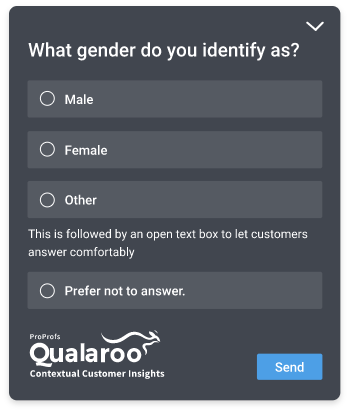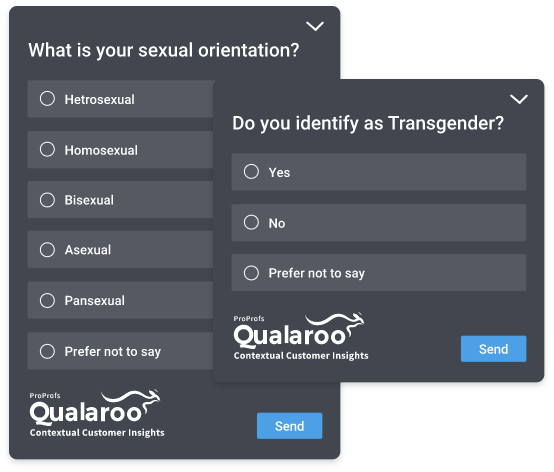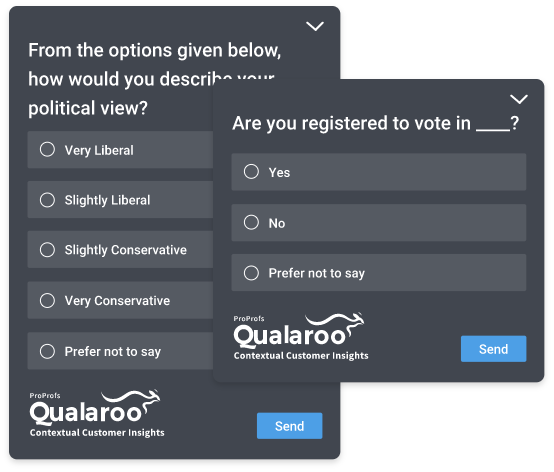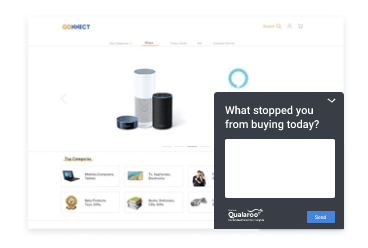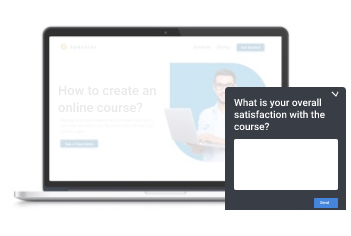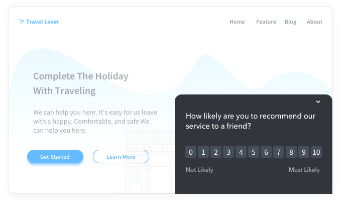Demographic Survey Questions & Examples
Craft demographic surveys that improve user engagement

While responding to a survey, how many times have you come across an online survey that does not consist of a single question concerning your age, profession, gender, or location? Never. These types of questions are known as demographic questions and are an integral part of any survey. That is why almost all the brands use demographic surveys to get deeper customer insights and grow rapidly.
It is an online survey that lets businesses segment audiences based on their characteristics and better understand the targeted market, hidden market trends, and make data-driven decisions.
